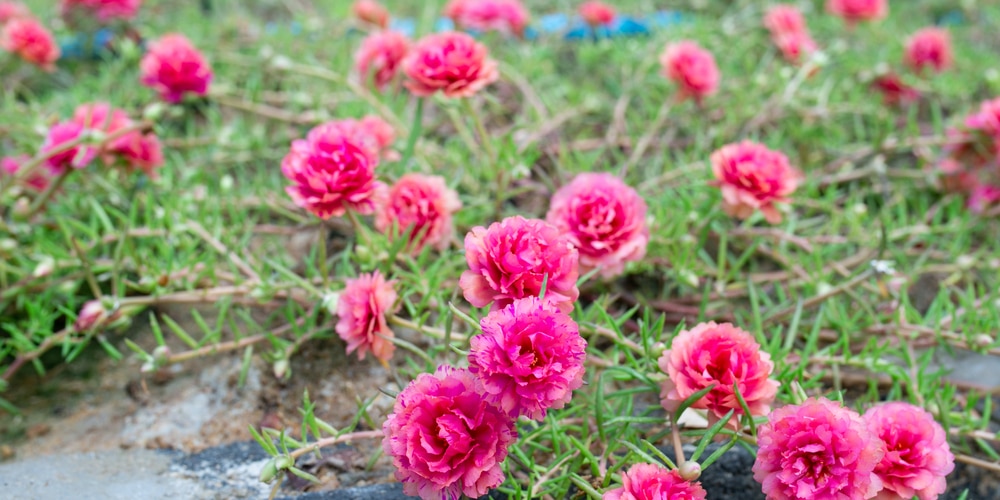Roses are delicate-looking flowers that aren’t the easiest to grow. However, despite being fussy about their growing conditions, these plants will give you plenty of satisfaction once they find their favorite spot. However, you’ll need to spend time and effort to provide them with all they need to thrive. You may be wondering, ‘why are my roses so tall?’
And sometimes, you might still not get the results you expect. For instance, if you notice they are getting too tall, you might want to reverse that. After all, leggy roses aren’t attractive. If you want to learn why your roses are growing so tall (and what you can do to revert the situation), keep reading.
Here, we collected all the information you must have on hand! So, jump to the following sections to learn about the most common causes for this issue and get tips on growing thriving (and good-looking) roses.
Why Are My Roses Growing So Tall?

Even though you may have never heard of this, roses can grow tall instead of bushy. And while this doesn’t sound too bad, it might result in fewer blooms and an unappealing tree-like appearance.
Many factors can cause your roses to grow tall. Among them are planting them in inadequate sunlight or the lack of pruning. But let’s analyze all possible causes of this behavior in the following sections.
Inadequate Lighting
One of the most common causes of tall roses is planting them under inappropriate light conditions. And that’s nothing more than a natural reaction to shade. Indeed, a plant’s survival instinct is to get as close to the sunlight as possible.
And if other plants are blocking the sun, your roses will grow their leaves upwards to allow them to get all the light they need to carry out photosynthesis.
If there are trees or bushy plants near your roses, consider pruning them. While some rose varieties might tolerate shady conditions better, the truth is that most of them will thrive under the direct sun.
And providing your plants with the lighting they need will allow them to grow bushier (and more attractive). Alternatively, consider moving your roses to a different location.
Lack Of Pruning
While pruning might be a hassle, you must regularly do it when growing roses. Without it, your plants might grow tall and unappealing. Pruning will also ensure your roses get adequate airflow, minimizing the risk of diseases and attacks from pests. Indeed, roses can be susceptible to bugs, fungal infections, and other health issues.
Also, pruning will help you shape your plant how you prefer, which can make a considerable difference in the looks of your garden.
Additionally, it will boost healthy growth, which might give you more blooms during the flowering season.
Another thing you can do to prevent leggy roses is to “notch” them. The practice involves using a sharp knife and identifying dormant buds on the lower parts of the stems.
Cutting through the buds can “wake them up” and make them produce new shoots and flowers. For better results, cut nodes only above outward-pointing buds. Otherwise, your plant might start growing in a messy pattern.
How to Prune Roses
We mentioned lack of pruning as one of the causes of leggy plants. However, don’t start cutting your bush at any time of the year. Indeed, the right timing is crucial to minimize stress and ensure satisfactory results.
For instance, you should prune your roses in late winter or early spring. Doing so will encourage new growth and give your plant enough time to recover from the cold temperatures without exposing the young stems to frost.
Also, avoid pruning too much of your plant! You should never cut any plant more than one-third of its size. Doing so will stress your plant and might reduce its chances of recovering.
Additionally, you must use adequate tools and equipment to avoid harming your rose. For instance, use sterile scissors and shears to prevent spreading infections and diseases. Also, ensure you cut your plants at a 45-degree angle and do so clearly. Remember to pay attention to dead wood and inward-growing branches: remove them as soon as possible!
Finally, check what your rose variety needs. Indeed, different species tend to have varying preferences and growth patterns. For instance, climbing roses will grow tall: however, you’ll need to provide them with adequate support!
